#they are slug otters
Explore tagged Tumblr posts
Note
Question for the bullies: why were you picking on Tomo, and what were you going to do to him? He's just a little guy!

(I’m sorry)
12 notes
·
View notes
Text

In a bay not so far away, eelgrass blades sway in the shifting tides. Over time, algae can start to cover the blades, growing so thick that it smothers the eelgrass.
But wait! Enter the unsung heroes: sea slugs! They nibble away at the algae, keeping the eelgrass clean and thriving.
But oh no—here come the crabs! Yes, some crabs are cool, but too many can devour the hardworking sea slugs, leaving the eelgrass exposed again to the smothering algae.
Who will restore balance to the wetlands?
The sea otter swoops in! By snacking on the slug-eating crabs, sea otters help keep this wetland ecosystem in check.
Hooray, healthy and happy eelgrass for all!
#monterey bay aquarium#sea otter awareness week#protect the heck out of the otters#sea slugs finally getting the recognition they deserve
583 notes
·
View notes
Text

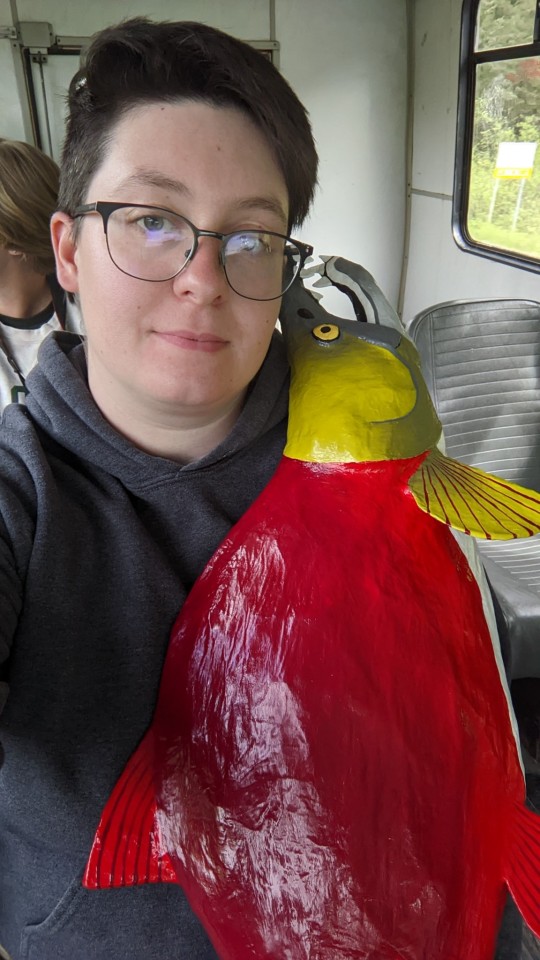

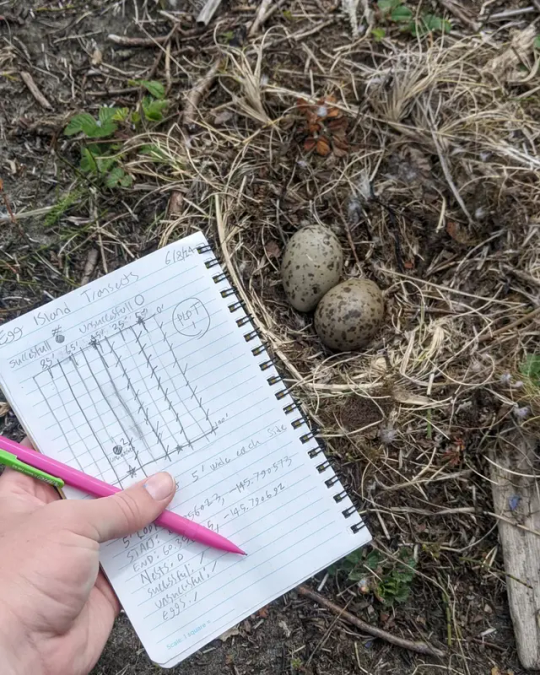
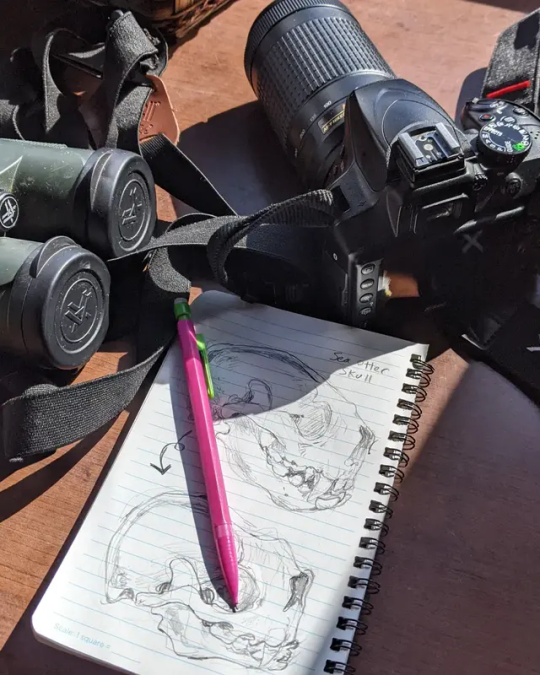

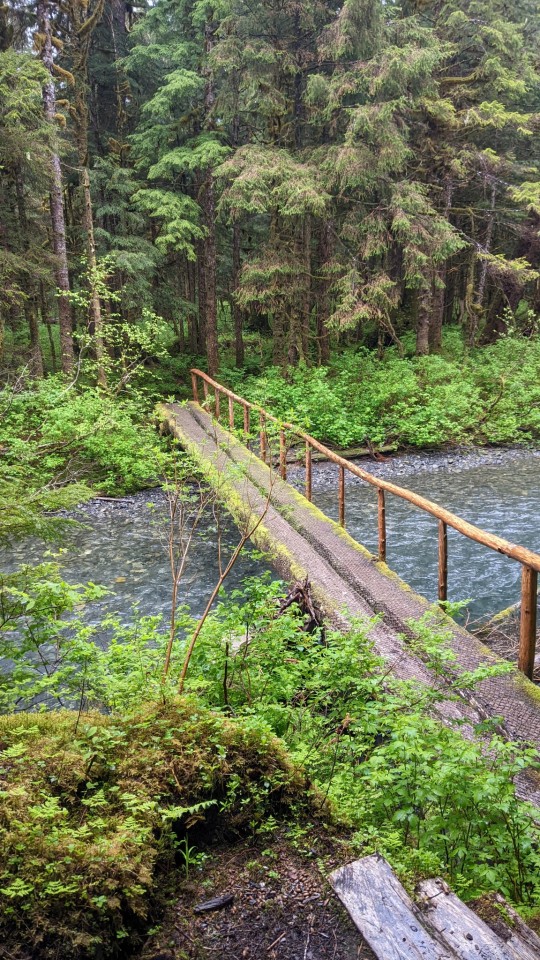
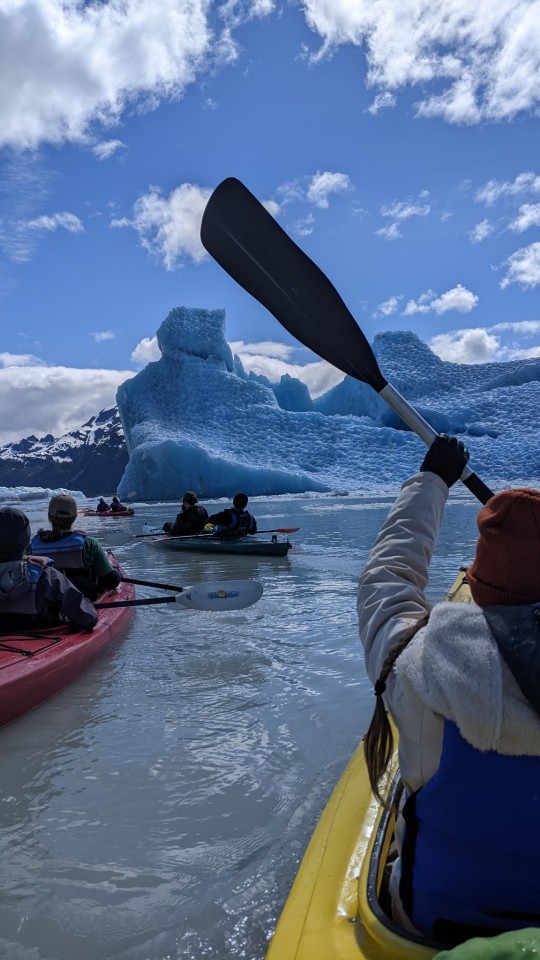
earlier this month i had the amazing opportunity to spend a week in southeastern alaksa for school (the last 3 credits of my associate's degree program!) learning about the ecology and history of the region.
it was a completely fucking jam-packed 8 days of hiking, tidepooling, fishing, kayaking, sightseeing and immersing in a part of the country you literally can't drive to (only fly or boat to). and at the end of it all i was able to contribute a little piece of my art to the lodge, presenting Salmuel the giant papier mâché salmon to our lovely hosts as thanks!! it was truly an unforgettable experience and the perfect capstone to my little degree program.
...but i think next time i have to bring a delicate art piece on a plane, i'll make one that's a little smaller and easier to handle LOL
#my art#art#sculpture#salmon#papier mâché#paper mache#crying and throwing up it was such a cool trip 😭😭😭#not featured are the moose grizzly and minke whale sightings!!! also 1 million sea otters and bald eagles.#and the slugs#we got sooo lucky with the wildlife#and the weather! we actually had sun a couple of days lol
612 notes
·
View notes
Text

Riverwell Astenian from CAVERN CRUSHER
#low poly animals#roblox#cavern crusher#fish#rabbit#otter#mouse#rodents#rodent#original species#slug#astenian#sea slug
26 notes
·
View notes
Text
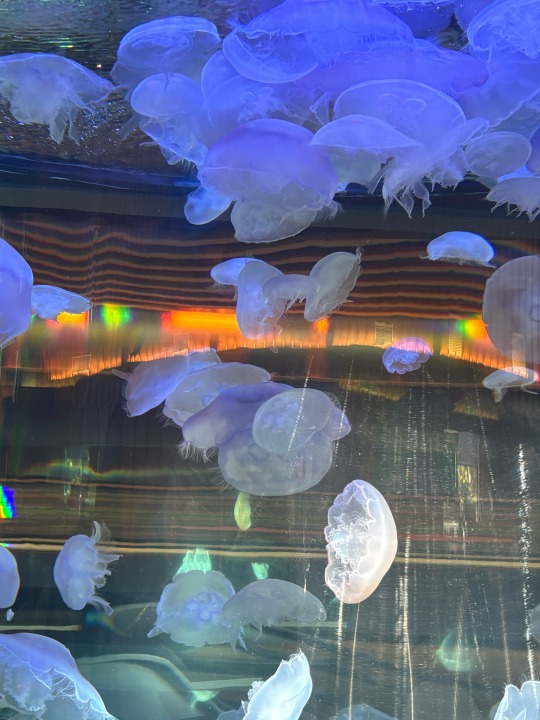

My aquarium adventures pt 1 !! 🌊🫧🪼🐡
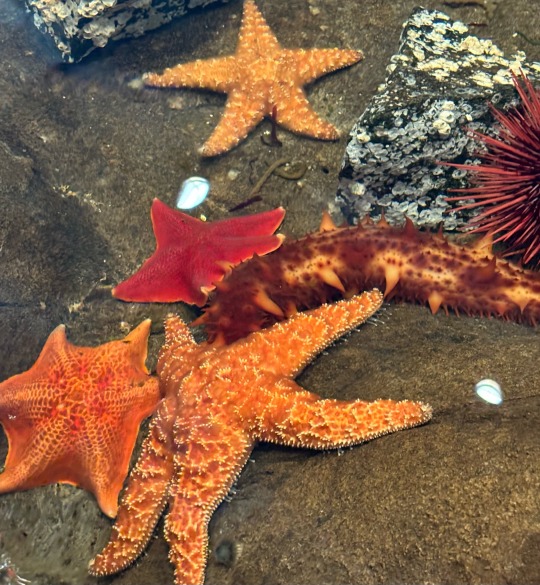


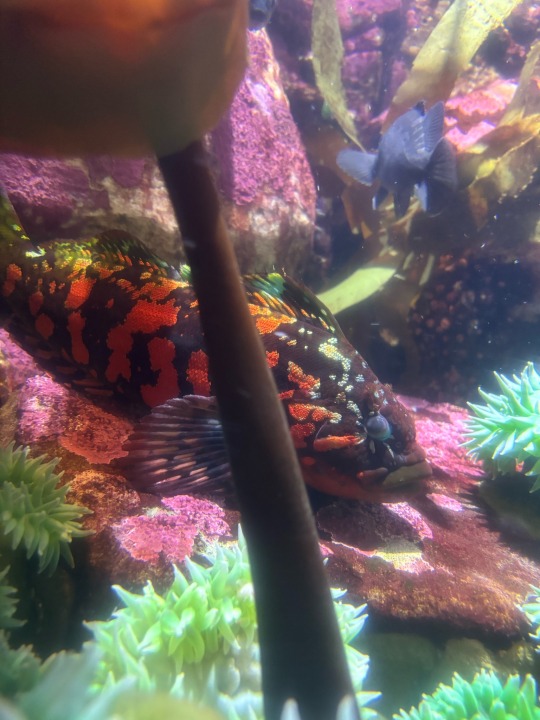
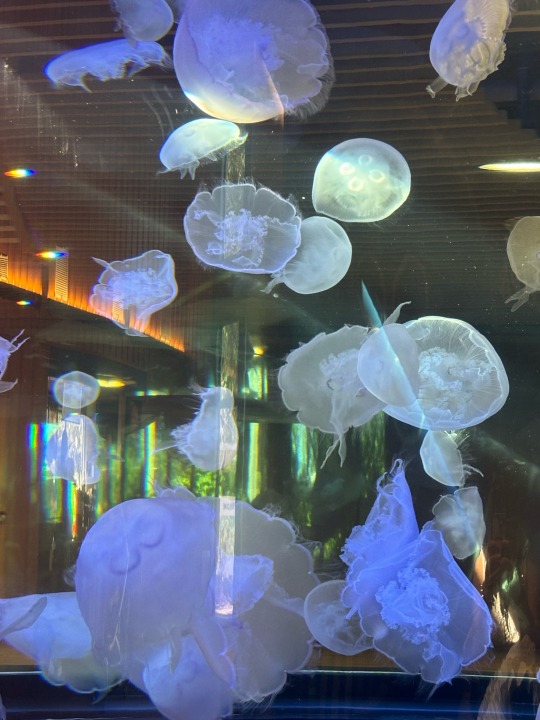
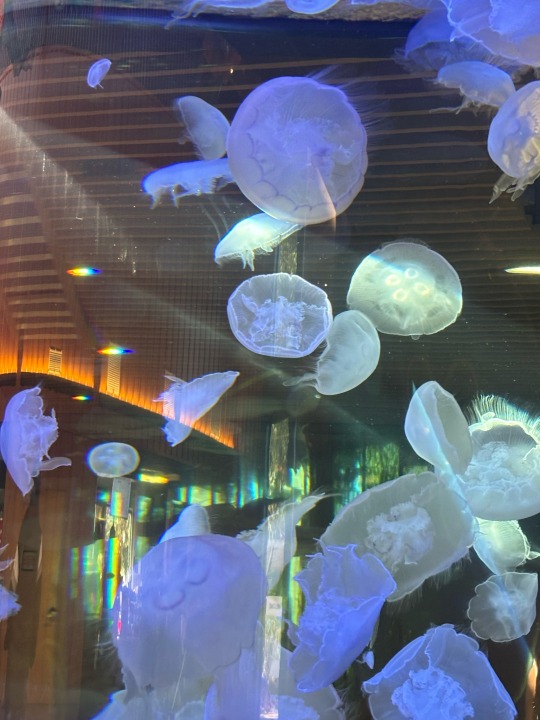


#aquarium#oregon coast#Newport#pnw#fishies#otter#seal#jellyfish#sea star#shark#fish#sea slug#sea anemone#anemone#rainbow fish#sea#ocean#coast#marine animals
20 notes
·
View notes
Text

Christmas gift I made for my friend!!
#christmas 2024#christmas gift#art gift#sci fi#animals#motorcycle#illustration#otters#slugs#sci fi creature
8 notes
·
View notes
Text
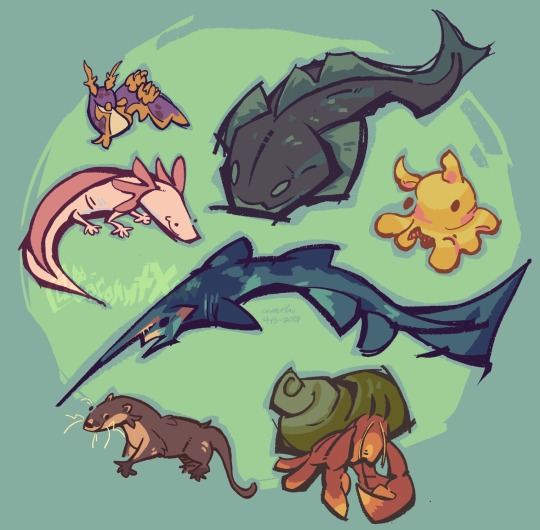
water friends
been doing creature doodles as of late, love these little guys
25 notes
·
View notes
Text
hoyo: Hey, fandom, remember that prophecy about the water dragon reborn as a human? Btw look at this new cool guy, he sure looks like a human, but is he, wink-wink? Also, have you heard the legend about how it rains when the water dragon is sad? It has been raining a lot in Fontaine lately, and our new guy is very depressed. What a coincidence, nudge-nudge! Do you think it's possi…
fandom: OTTOR
#genshin impact#genshin spoilers#genshin impact spoilers#my stuff#genshin 4.0#neuvillette#OTTERGATE#i think sea slug theory isn't out of questuin either at this point#otter truther#гидро выдра
132 notes
·
View notes
Text
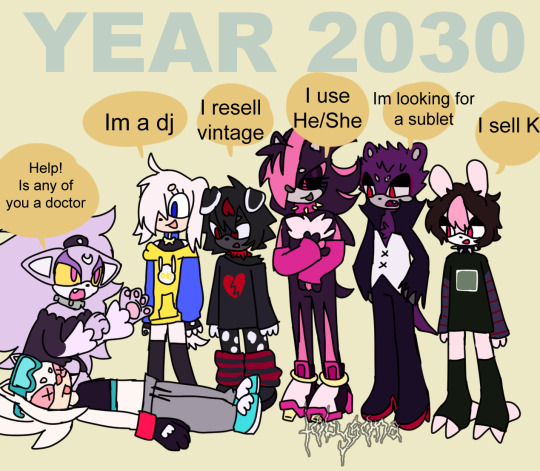
subjecting u guys to my ocs again
#my ocs#sonic ocs#azu the katzel#rover the hedgehog#nep the maltese#lulu the pitbull#umbra the android#shadow android#gex the otter#ozzie the slug#my art#silly art#year 2030
28 notes
·
View notes
Text

fun last-at-night doodles chilling in the conservatory
2 notes
·
View notes
Note
So let me get this straight:
Sea otter: has functional legs, can walk on land, but can give birth in water = "fully-marine mammal"
Seal: basically a paraplegic slug dog out of water, can only flop around on land, but has to give birth on land = "semi-aquatic mammal"


yeahhh I might show up to a marine biologist conference with a set of bullet points and my own projector about this one
2K notes
·
View notes
Text
new available pieces!
I’ll remove them as they sell, so click through to the original post to see if they’re still available
I ship internationally!
I added these pieces to my usual Available Pieces Post, look for them there if you're interested!

trivets: prices lowered due to warping
otter $45 CAD
otters $45 SOLD
shark $40 -small glaze flaw, the white spot is raw
strawberry $50

coasters:
top row: bison, horse, deer $30
rhino, hyena, bull, bears, slug $35 CAD
goose $30

blue chicken $30
grey chicken SOLD



thylacine $95


sacabambaspis $55
#pottery#ceramics#sgraffito#underglaze painting#ceramic art#little dudes#sculptural#available#cave art#thylacine
201 notes
·
View notes
Text
Aw shucks, can't open that stubborn jar? Computer running slower than a sea slug?
Just try ROCK! A sea otter's tool of choice to crack open hard-shelled prey. 🪨🦦✨
For tasks that cause dismay, a rock may just save the day!
#monterey bay aquarium#sea otter awareness week#i wanna rock!#just take a crack at it#but seariously dont try this at home
3K notes
·
View notes
Text
If Hatchetfield characters were mermaids with unique aquatic animal halves, here's what an odd handful of them would be in my opinion:
Henry Hidgens - Leafy Sea Dragon, eccentric and solitary
Bill Woodward - Seahorse, cause, like, fatherness
Zoey Chambers - Sea Nettle, pretty and toxic!
Melissa - Catfish :3
Wilbur Cross - Fimbriated Moray, a green fellow with untrustworthy vibes
Miss Holloway - Immortal Jellyfish, cause immortal and pretty
Grace Chasity - Sea Angel! Sweet and tiny, and oh no, it's a talented hunter! Also angel.
Webby is a Spider Crab cause duh
Tinky is a sea otter because clever, tool users, and fur (can you imagine a little seashell Bastard's Box?)
Nibbly is a saltwater crocodile because they have the strongest bite!
Wiggly is a giant Pacific octopus. He is octopus!
Paul is some kind of basic, schooling fish like a tetra or something and the Sniggles should all be sea slugs. Blinky Sniggles in particular are Spanish Shawls because holy hell are the colors perfect.
And, finally, Ted is a Southern Elephant Seal. If you want to know why, look into male southern elephant seal mating behaviors and you will immediately understand.
If anyone has any other cool ideas, I'd love to hear them!
#Hatchetfield#mermaids#marine animals#ocean life#starkid#professor hidgens#henry hidgens#bill woodward#zoey chambers#melissa hatchetfield#wilbur cross#uncle wiley#miss holloway#grace chasity#webby hatchetfield#t'noy karaxis#tinky#nibblenephim#nibbly#wiggog y'wrath#wiggly#paul matthews#sniggles#ted spankoffski
70 notes
·
View notes
Text









[IMAGE ID: nine rectangular flags with six evenly-sized stripes each. they all have their respective aquatic creatures in the top left. the first flag's stripes, from top to bottom, are as follows: warm brown, light brown, pastel pink, dull pink, medium red, and dark red. the second flag's stripes, from top to bottom, are as follows: light purple, pastel blue, cream, dull pink, medium orange, and dull red. the third flag's stripes, from top to bottom, are as follows: medium blue, warm blue, pastel blue, light grey, medium grey, and dark grey. the fourth flag's stripes, from top to bottom, are as follows: dark cool grey, light cool grey, white, teal, dark teal, and black. the fifth flag's stripes, from top to bottom, are as follows: burnt orange, golden yellow, pastel blue, light blue, bright blue, and nearly-black blue. the sixth flag's stripes, from top to bottom, are as follows: dull purple, medium purple, off-white, bright orange, burnt orange, and dark brown, the seventh flag's stripes, from top to bottom, are as follows: dark maroon, red-purple, pastel pink, pink-orange, warm orange, and bright red-orange. the eighth flag's stripes, from top to bottom, are as follows: medium cool grey, light cool grey, pastel blue, grey-purple, dull purple, and dark dull purple. the ninth flag's stripes, from top to bottom, are as follows: olive green, dull green, bright yellow, light grey, cool blue, and dark blue. END ID.]
squid: a term for a hairless queer individual, typically thin or small, and traditionally MLM. an alternate term for a twink. my definition is a simplification and doesn't have to be used.
octo: a term for a hairy queer individual, typically thin or medium-built, and traditionally MLM. an alternate term for an otter. my definition is a simplification and doesn't have to be used.
shark: a term for a hairy and fat queer individual, traditionally MLM. an alternate term for a bear. my definition is a simplification and doesn't have to be used.
ray: a term for a younger hairy and fat queer individual, traditionally MLM. an alternate term for a cub. my definition is a simplification and doesn't have to be used.
sea slug: a term for an individual who feels dysphoric/uncomfortable with any kind of (human) body.
nautilus: a term for a xenine-presenting individual.
anemone: a term for a femme or fem-presenting individual.
isopod: a term for a butch or masc-presenting individual.
eel: a term for a futch, neu-presenting, or masc+fem presenting individual.
based on these terms!
@radiomogai @liom-archive @obscurian @presentationflag-archive
#aquatic presentation system#presentations#presentation flag#presentation term#mogai coining#mogai identity#identity coining#tech.png
91 notes
·
View notes
Text
i keep seeing a mutual reblog stuff about how slugcats aren't furry and i'm like. yeah i AGREE with you, but i think getting on other peoples' cases about it is a bit much. what if i just want to draw rivulet with fur. it's not like i don't know it's a wet beast! i just think it's fun sometimes! it can have a little fur! as a treat!
also as my beautiful wife pointed out. otters exist! they are very much wet beasts that also have fur! those two things can coexist! it's not impossible! like. yeah. they're SLUG cats. i agree. i like seeing the little slimy beasts. but i also think fluffy interpretations are so silly and cute!!
and like. did i have to make a post about this? absolutely not! but i am feeling extremely close to my rivulet kintype today so i felt like i had to say something
25 notes
·
View notes